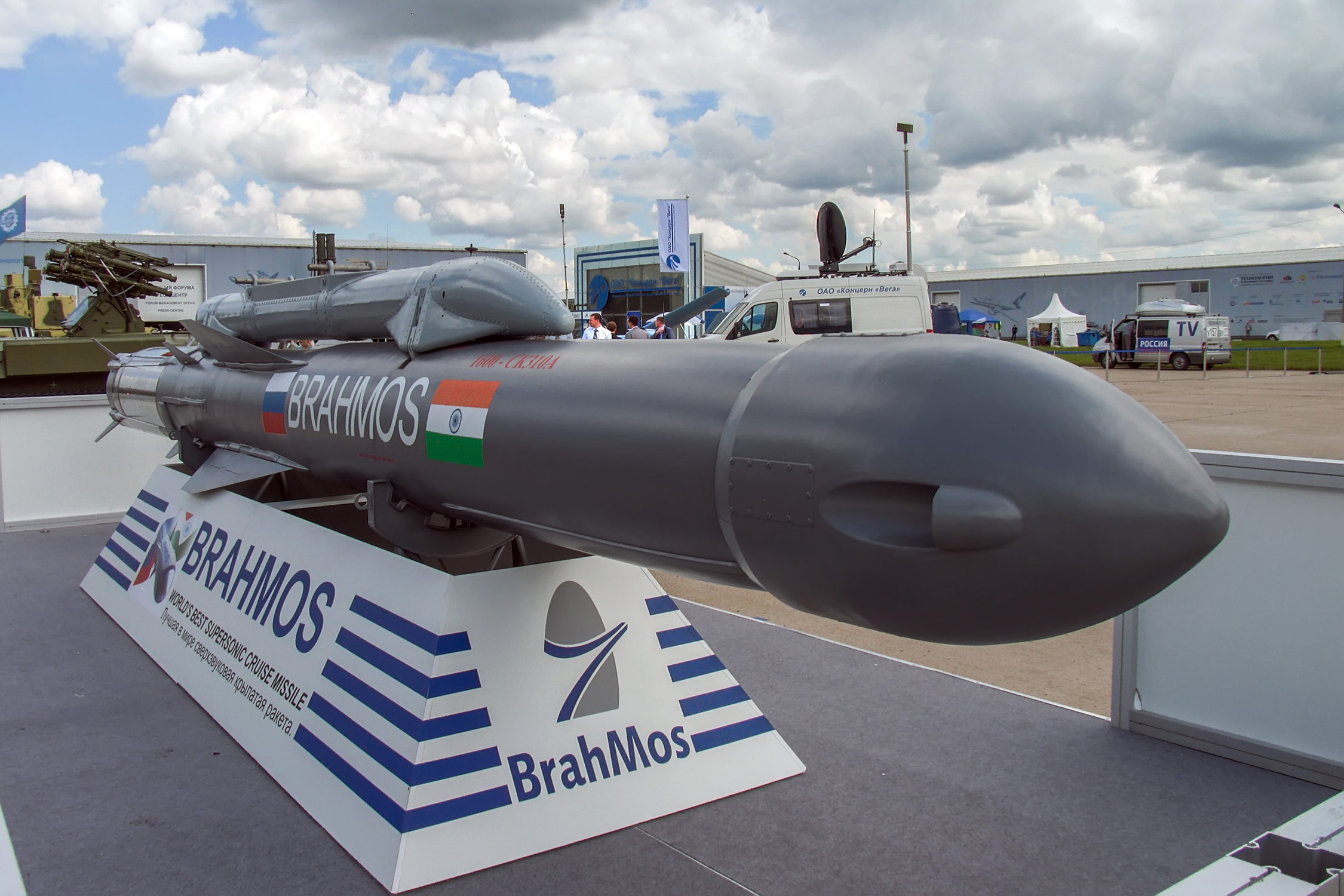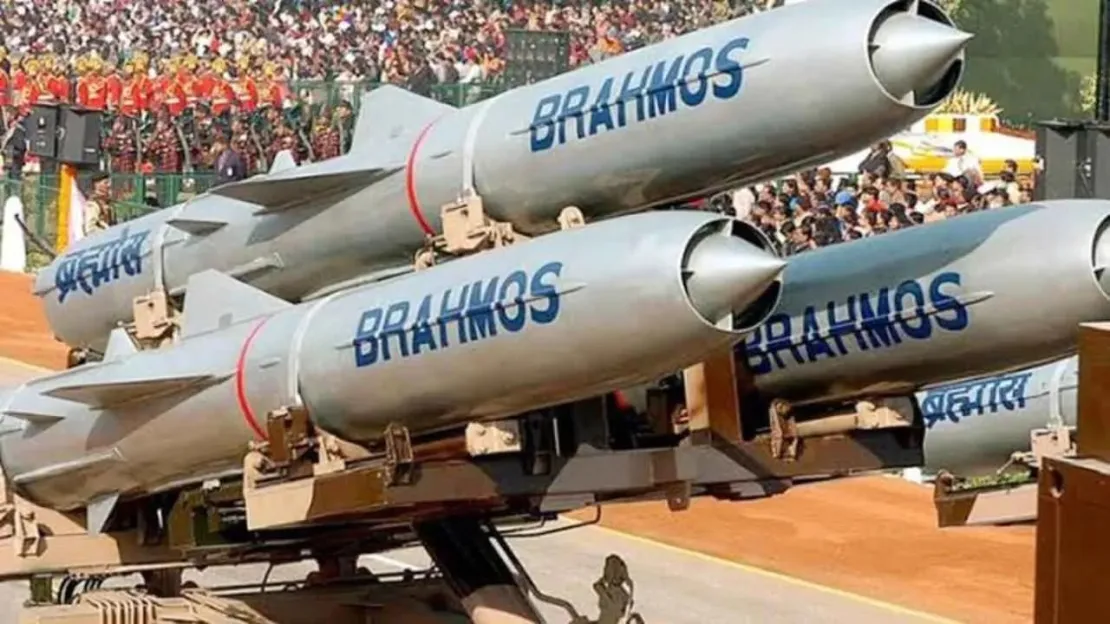The BrahMos supersonic cruise missile was initially tested from a land-based launcher at Chandipur on June 12, 2001. BrahMos has been modified multiple times over the last 21 years, with variants tested on land, air, and marine platforms. A look back at the multipurpose asset’s 21-year career, which just received an export order from the Philippines.

The Integrated Guided Missile Development Program, founded and supervised by Dr. A P J Abdul Kalam, has been producing a variety of missiles, including the Prithvi, Agni, Trishul, Akash, and Nag, with a wide range of capabilities and ranges, since the early 1980s.
In the early 1990s, India’s strategic leadership saw the need for cruise missiles, which are guided missiles that travel at a near constant speed for the most of their flight path and deliver massive payloads over vast distances with pinpoint accuracy. The requirement arose principally as a result of the Gulf War’s deployment of cruise missiles.
Dr. Kalam, then-Director of the Defence Research and Development Organization (DRDO), and N V Mikhailov, Russia’s then-Deputy Defense Minister, signed an Inter-Governmental Agreement with Russia in Moscow in 1998. As a result, BrahMos Aerospace was formed, a joint company between DRDO and NPO Mashinostroyenia (NPOM), with the Indians controlling 50.5 percent and the Russians 49.5 percent.
After receiving money from the two governments, BrahMos Aerospace began work on missile development in DRDO and NPOM labs in 1999. In 2001, the first successful test was carried out using a specially developed land-based launcher. The missile system has subsequently achieved several significant milestones, with the Philippines Navy placing the first big export order for $375 million this year.
The missile system’s exceptional precision and adaptability, according to senior DRDO experts, render it unrivalled. BrahMos-capable ships and submarines deployed at sea form a triad with land-based BrahMos formations along the borders, BrahMos-equipped Sukhoi-30s at bases in the Northern theatre and the Southern peninsula, and BrahMos-capable ships and submarines at bases in the Northern theatre and the Southern peninsula.
The BrahMos is undergoing a series of improvements in response to changing requirements in multi-dimensional warfare, and development is underway to produce variants with increased ranges, manoeuvrability, and accuracy.
Ranges of up to 350 kilometres are now being tested, compared to the original’s 290 kilometres. Versions with even longer ranges, up to 800 kilometres, and hypersonic speed are reportedly in the works. There are other efforts underway to lower the size and signature of current versions, as well as to expand their capabilities.
Those deployed in all three Armed Forces, as well as versions under development, are still being tested on a regular basis.
